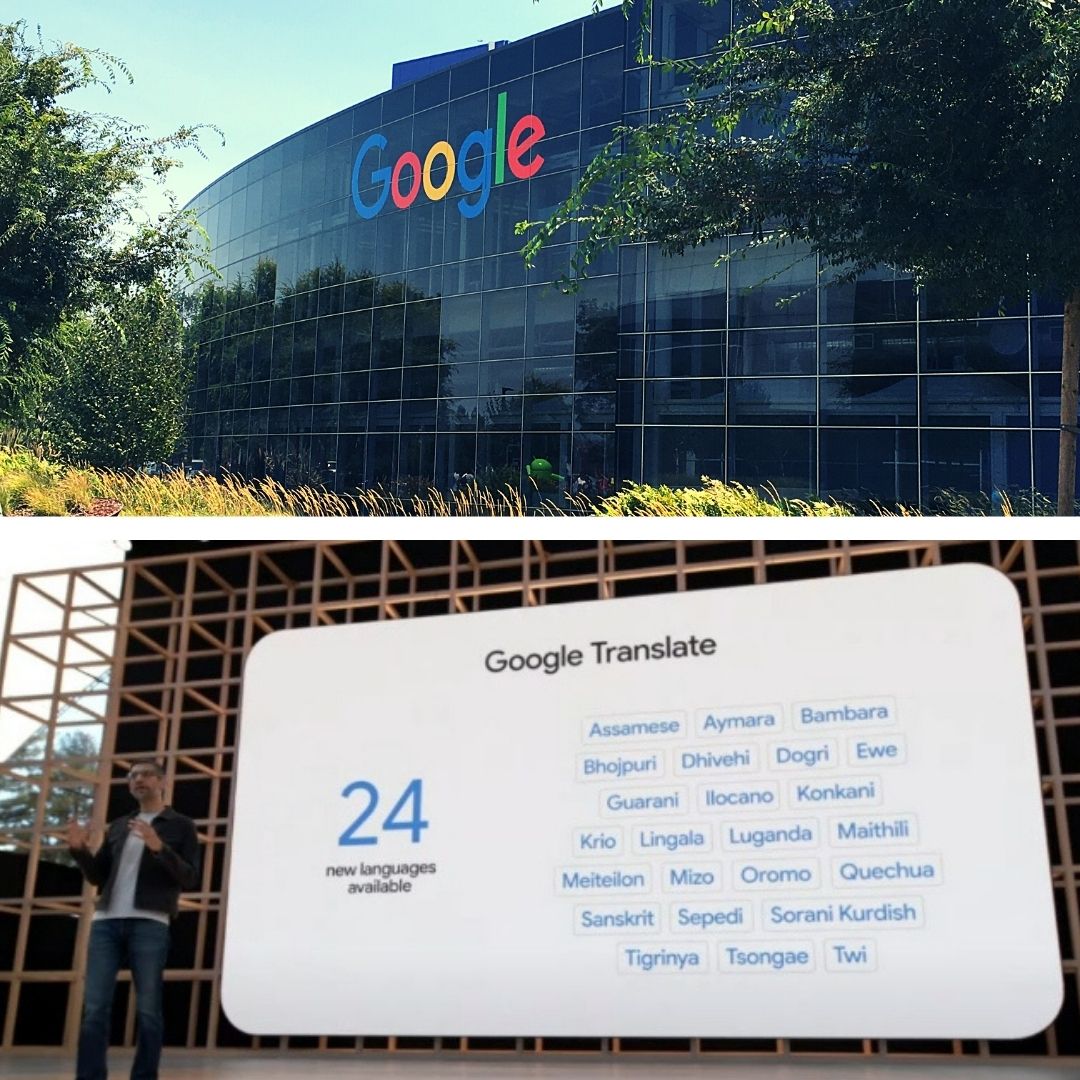Google Translate Now Supports 8 New Indian Languages; Assamese, Sanskrit In The List
Writer: Tashafi Nazir
For most people, journalism sounds hectic and chaotic. For her, it's a passion she has been chasing for years. With an extensive media background, Tashafi believes in putting efforts on presenting a simple incident in the most interesting way.
Others/World, 12 May 2022 1:00 PM GMT
Editor : Shiva Chaudhary |
A post-graduate in Journalism and Mass Communication with relevant skills, specialising in content editing & writing. I believe in the precise dissemination of information based on facts to the public.
Creatives : Tashafi Nazir
For most people, journalism sounds hectic and chaotic. For her, it's a passion she has been chasing for years. With an extensive media background, Tashafi believes in putting efforts on presenting a simple incident in the most interesting way.
The newly added Indian languages include Assamese, Sanskrit, Bhojpuri and many others. Overall, Google Translate now supports a total of 133 languages across the globe.
Google on Thursday announced that it has updated its language-translation tool, Google Translate, with 24 new languages, of which eight are from India. The newly added Indian languages include Assamese, Sanskrit, Bhojpuri and many others. Overall, Google Translate now supports a total of 133 languages across the globe.
Apart from improving Google Assistant's ability to communicate with users more naturally and making Google Assistant more compatible with dialects, Google announced that it has made several improvements to its Google Translate service.
Although the new languages will not reach users all across the world just yet, it has been made live and accessible to people in North America. In a few weeks, the services will be rolled out worldwide.
New Languages Used By Over 300 Million
The Cupertino-based tech giant highlighted that the newly added languages are used by over 300 million people worldwide, India Today reported.
Isaac Caswell, a Google Translate Research Scientist, said, "This ranges from smaller languages, like Mizo spoken by people in the northeast of India — by about 800,000 people — up to very large world languages like Lingala spoken by around 45 million people across Central Africa," according to Firstpost.
The update also brings Indigenous languages of the Americas (Quechua, Guarani and Aymara) and an English dialect (Sierra Leonean Krio) to translate for the very first time.
Google said that the new languages have been added using Zero-Shot Machine Translation, where a machine learning model only sees monolingual text. The Zero-Shot Machine Translation basically learns to translate into another language without ever seeing an example. The company stated that while this technology is impressive, it isn't perfect.
Also Read: International Nurses Day: Here's Why Florence Nightingale Is Considered As Founder Of Modern Nursing
 All section
All section















